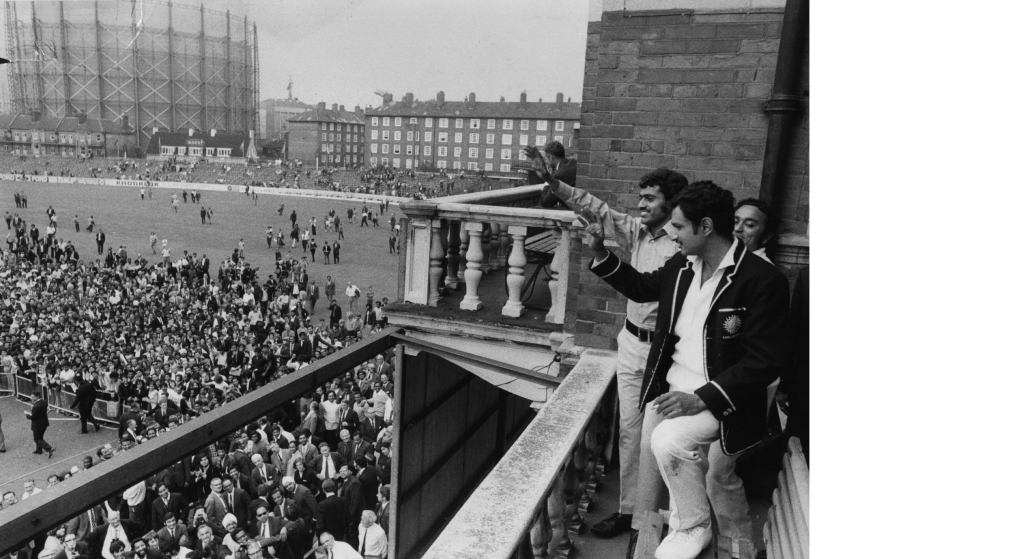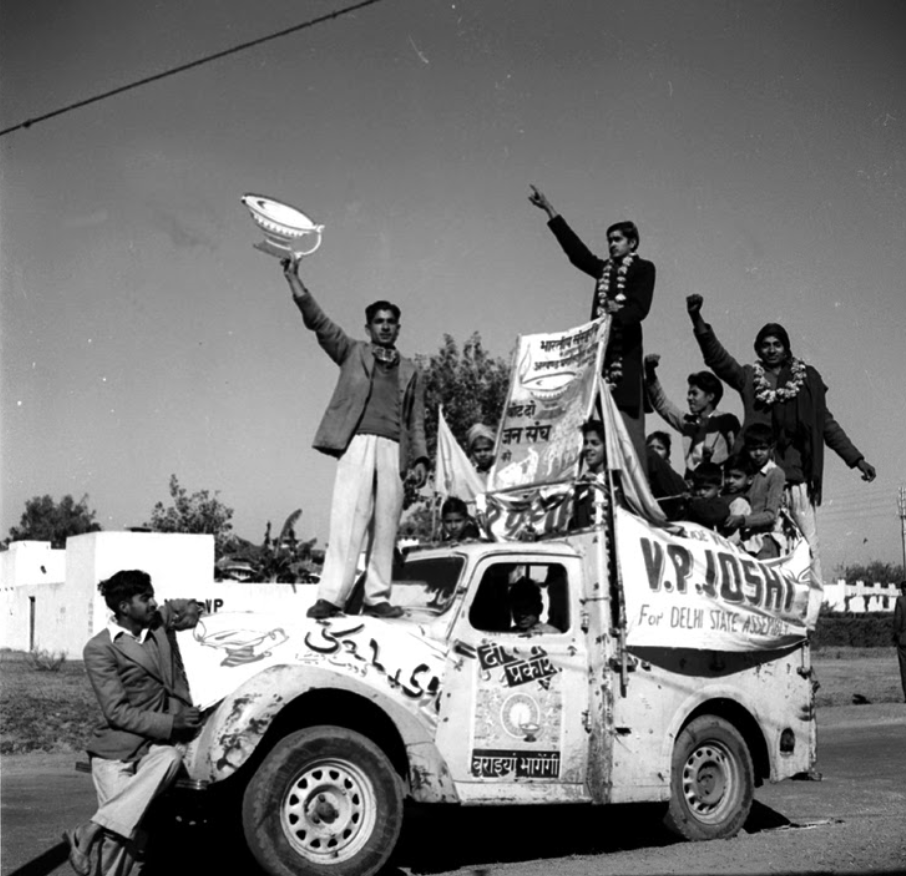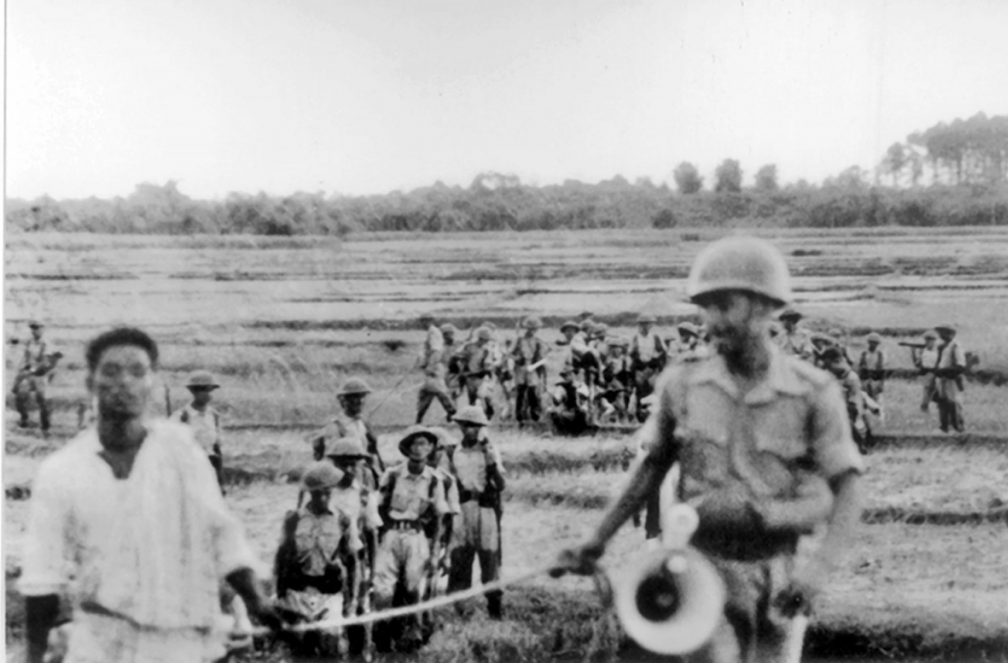By Sidharth Bhatia (First Published in https://thewire.in/politics/1971-the-year-india-felt-good-about-itself)
The year 1971 was marked with several big victories – in politics, cricket and in war – all of which had long term implications. The national mood was buoyant, even if the country continued to struggle with endemic problems.
Fifty years later, we look back at those times and evoke some of that mood. In a series of articles over the next few days, writers will recall and analyse specific subjects and give a rounded view of a young, struggling but hopeful India.
“Bangla Desh Liberated”, read a headline in all caps on the morning of December 17, 1971. In the same paper, on the front page, was other news – “45 Pattons knocked out”, “Yahya– we will fight on” and “Jubilation in Parliament.”

All of which would have been immediately understood by Indians at the time. Pattons referred to the American tanks used by the Pakistanis at the time, and were considered superior to what the Indian Army had. For days, newspapers and the All India Radio brought to us information about the achievements of the Indian armed forces on two fronts. Yahya was of course Yahya Khan, the president of Pakistan and army general who was full of bluster against India, confident that he had the support of the US behind him. At the end of the war and the break up of his country, he had to resign.
And the jubilation in the house was echoed on the streets of India, as the country had defeated – decisively – its troublesome western neighbour and created a new nation on the east. The 14-day war ended with the break up of Pakistan, and India had come out victorious.
It was a perfect end to a memorable year of victories, at a time when India was a poor country, with a struggling economy and shortages, a basket case that needed help. But in that year, there was a glow on every Indian’s face – the endemic problems remained, but there was much to celebrate.
There have been many landmark years in independent India – 1947, 1952 (when the first elections took place), 1962 (when India lost to China), 1975 (when the Emergency was declared), 1984 (when Indira Gandhi was assassinated), 1991 (when economic reforms were announced), and so on. But what makes 1971 special is that this was the first time when there were many ‘big’ events that set the tone of what was to follow for decades afterwards – politically, strategically and in sport, where India was a laggard till then. Barring in hockey, Indian teams had not been able to show a fighting spirit or a winning attitude – in 1971, when the country was a year away from its silver jubilee, India for the first time won not one but two away series, defeating mighty teams like the West Indies and England, and introducing the era of the commoner in cricket, firmly shedding the sport’s upper class, even aristocratic past.

In the beginning of the year, when general elections were declared to be held in March, it looked like the fight would be between Indira Gandhi and the rest of the opposition. She had been thrown out of the Congress by the party president, S. Nijalangappa, who, along with other party grandees – Kamaraj, S.K. Patil, Atulya Ghosh and Morarji Desai – were appalled at not only her style of functioning, but her policies as the prime minister. Indira Gandhi had nationalised private banks, shaking the economic and political establishment, and had abolished privy purses, which were paid to erstwhile royalty who had joined India in 1947. They saw her as a rampaging leftist and were determined to oust her. Parties ranging from the old Congress, the Jan Sangh and the Swatantra Party, which made no secret of their pro-rich credentials, came together and, as has always been their wont, the socialists joined in.

Indira Gandhi, shaken but full of resolve, went for broke – she promised more policies favouring the poor, her slogan was Garibi Hatao – and presented herself as a lone person fighting the Grand Alliance. In the event, Mrs Gandhi’s Congress won 352 of the 520 seats, demolishing the others, and she emerged as the undisputed leader of not just the Congress but also the pole around whom politics revolved. There was finally political stability in India after several years of post-Nehru uncertainties, during which Lal Bahadur Shastri had died and Indira Gandhi was still trying to battle her party opponents.

Meanwhile, at the same time when all of this was happening in India, in the West Indies, the Indian cricket team was performing wonders. After a draw in the first test in Kingston Jamaica, which India was on the way to winning, in March, the Indian team defeated the mighty West Indies, Dilip Sardesai playing a starring role and a young Bombay boy, making the first of his many centuries in the series and in his career. The other three tests were draws and India had done what had been considered impossible till then, and under the captaincy of Ajit Wadekar, who was a surprise replacement for the Nawab of Pataudi.

This victory would be followed by another in England under the same captain and all of India had followed both series on the radio, sometimes till late at night. The crackle of radio static from lands far away, where one had to imagine the scene on the ground with no visual aid but via the voices of Toni Cozier and John Arlott, had a charm that is difficult to explain. But it was hardly a lonely exercise – people clustered around transistor radios in pan shops, on bus stops, in the homes with friends and family. This was not about cricket, but about history, about national pride but not in a chauvinistic, triumphalist way.
When the team returned, it was showered with flowers and gifts, but hardly any money was earned – they were being paid meagre salaries and all returned to the same modest homes they had lived in. Nobody bought a pent house or signed up for multi-crore endorsement deals – Farrokh Engineer was the only person who had a contract with Brylcreem; the others followed in the 1980s at laughable fees.
Trouble was brewing in the background – thousands of refugees were crossing over from East Pakistan, where the Pakistani army was on a brutal spree of killing and clamping down on the Mukti Bahini. Close to 10 million refugees were in India. Diplomats tried to convince the world of this humanitarian crisis but got little or no sympathy – the US not just rebuffed this but sent a ship, the USS Enterprise, to the Bay of Bengal, a provocative act warning India of any military action. On the Indian side, the situation was getting desperate; not only did India have to house and feed refugees, but this kind of disturbance and army action next door was a security issue.

Troops were kept on stand-by on both fronts and on December 3, India joined the war. The news of the armed forces came over on the radio waves; Indians felt it in many ways – during the day, sirens went off several times and at night, there was a total blackout in most cities, especially on the borders, and people were asked to ensure that no light escaped from the windows.
It was a tense situation, but within 13 days, the Pakistani army surrendered and the photo of General Niazi signing the instrument of surrender is etched into public memory. It was a fitting end – in a manner of speaking – to the year. Indira Gandhi emerged as a ‘Durga’.

These events do not of course hide the dark realities of India at the time. The economy was performing better than in recent times but still at a poor 3% growth rate. Food shortages continued and India had to humiliatingly import grains from the US under the PL 480 programme.
India was also facing internal rebellion from extreme left forces – called Naxalites, a new word for Indians at a time – operating mainly in West Bengal’s villages and cities which also inspired young men and women as far as Delhi, Bombay and Calcutta and the interiors of northern India. Young, educated men and women fanned out to villages to spread the word of revolution – zamindars and others were killed and in turn the government retaliated.
In Calcutta, where Naxalism caught the imagination of bhandralok youth too, bombs going off was a regular occurrence and the police, under the administration of chief minister Siddharth Shankar Ray, went about its task ruthlessly, picking up young men and women and throwing them into jail.

Indira Gandhi knew she had these problems to tackle and the afterglow of her triumphs began to dim soon after. In 1973, the oil shock came as a body blow to India and then the student rebellions began, first in Gujarat and Bihar and then elsewhere. In 1974, George Fernandes led the Railways strike, which lasted 20 days but which shook her and galvanised the opposition, which now had a new leader, Jayaprakash Narayan.
Narayan, an old friend of the Nehrus, had gone against Indira Gandhi. By 1974, he was an implacable enemy and became an inspirational leader of students and later, the opposition parties.
Narayan called for ‘total revolution’ and urged soldiers to lay down their arms. Gandhi spoke of an international conspiracy to destabilise India and when the situation got out of hand, imposed a national Emergency in 1975. In 1974, India scored a miserable 42 in a test match against England at Lord’s. Bangladesh had a shaky start and Mujib ur Rahman was killed in 1975. Relations with Pakistan went from bad to worse. The joy and innocence of 1971 had gone.
Still, 1971 remained one year when, in the midst of much grim reality, India felt good about itself, and one which became a line between the old and the new. It was a year not just of hope and optimism but about a self-recognition that India had the winning spirit. It changed many things fundamentally – some for the better, others for the worse, but for all that, it remains a memorable year.


